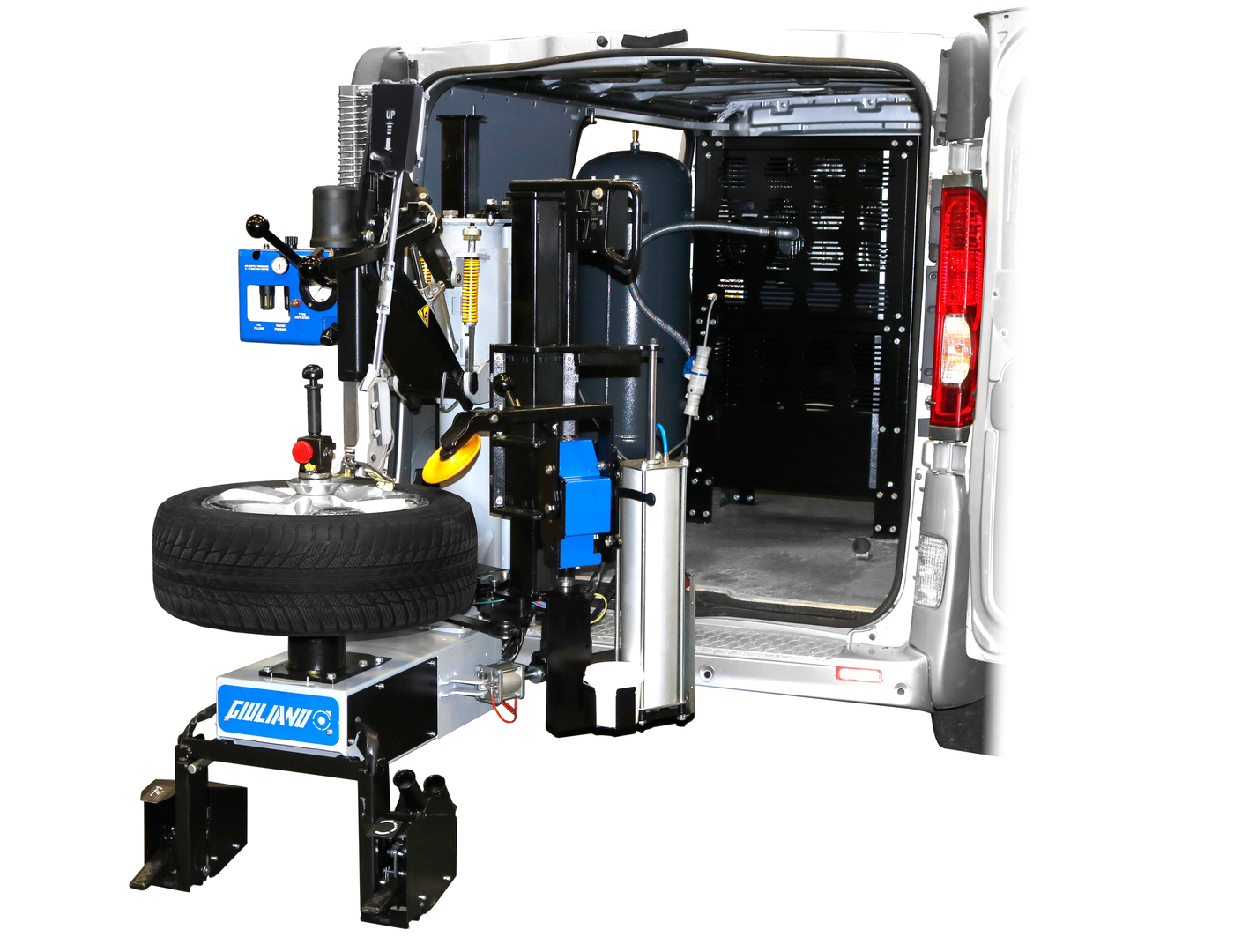Quick Reaction Mobile Tire Change Service in Las Vegas
Quick Reaction Mobile Tire Change Service in Las Vegas
Blog Article
Tire Service: Proven Techniques for Ideal Tire Maintenance and Treatment
Preserving optimum tire condition is vital for both safety and security and performance of any type of vehicle. From making certain proper tire pressure to normal rotation and positioning, there are proven methods that can substantially extend the life expectancy of your tires and improve general driving experience. As we discover the complexities of tire treatment and upkeep, we will certainly reveal necessary guidelines that every vehicle owner ought to follow for the best possible outcomes. Let's look into the globe of tire solution and find the keys to maintaining your tires in first-class shape for the long haul.
Significance of Tire Pressure
Sufficient tire stress promotes much better gas performance, as under-inflated tires can lead to enhanced rolling resistance, triggering the engine to function tougher and take in even more fuel. Appropriate tire pressure makes sure also tread wear, improving tire durability and saving money in the long run by postponing the demand for premature replacements. Frequently examining and readjusting tire stress, especially previously lengthy journeys, is an easy yet efficient method to improve lorry efficiency, expand tire life expectancy, and prioritize safety and security on the roadway.
Tire Turning Standards
When considering tire turning standards, it is vital to understand the significance of this maintenance job in taking full advantage of tire life expectancy and preserving ideal lorry performance. Tire rotation involves transforming the placement of each tire on a vehicle to ensure also step wear. Front tires often tend to use quicker than rear tires because of steering forces, making normal turning vital for balanced wear patterns. The recommended rotation pattern differs depending upon whether a car is front-wheel, rear-wheel, all-wheel, or four-wheel drive. Generally, tires ought to be rotated every 5,000 to 7,500 miles, or as advised in the lorry handbook. Overlooking tire rotation can cause unequal wear, impacting handling, traction, and possibly compromising automobile safety. By sticking to appropriate rotation standards, vehicle drivers can extend the life of their tires, improve fuel performance, and enhance overall driving experience. Routine rotation is a straightforward yet reliable upkeep method that adds substantially to tire durability and car performance.

Benefits of Wheel Positioning
Ensuring correct wheel placement after tire rotation is critical for maintaining well balanced wear patterns and taking full advantage of car performance. In addition, right wheel positioning assists to extend the lifespan of your tires. Misaligned wheels can trigger irregular tire wear, click over here now leading to early tire replacement and enhanced upkeep expenses.

Tire Tread Deepness Examine
Performing a normal examination of tire tread deepness is necessary for preserving risk-free driving conditions and prolonging the life expectancy of your tires. Uneven Home Page step wear can suggest issues with tire stress, positioning, or suspension, highlighting the value of regular walk depth checks. By including tire step depth checks right into your routine upkeep schedule, you can drive with self-confidence understanding that your tires are in top problem.
Seasonal Tire Assessment
Seasonal tire assessment is an essential element of tire maintenance that makes sure tires are all set to encounter the difficulties presented by different weather conditions. In preparation for wintertime, it is necessary to inspect the tire pressure routinely as cold temperature levels can create tire pressure to drop. By performing regular seasonal tire examinations, drivers can prolong tire life-span, improve fuel performance, and most significantly, make certain a secure driving experience in differing weather condition conditions.
Verdict
To conclude, maintaining proper tire pressure, revolving tires on a regular basis, aligning wheels appropriately, checking walk depth, and carrying out seasonal evaluations are essential methods for optimal tire treatment. By following these confirmed approaches, motorists can ensure their tires last much longer, perform much better, and contribute to overall car safety and security. It is very important to focus on tire maintenance to protect against accidents, boost gas efficiency, and extend the lifespan of tires.
Appropriate tire stress promotes better gas efficiency, as under-inflated tires can lead to boosted rolling resistance, creating the engine to work more challenging and eat more gas.When considering tire turning standards, it is essential to comprehend the relevance of this maintenance task in optimizing tire lifespan and maintaining ideal automobile efficiency. Seasonal tire evaluation is a fundamental element of tire maintenance that makes sure tires are all set to encounter the challenges presented by different climate conditions. By conducting routine seasonal tire assessments, drivers can prolong tire see lifespan, boost gas performance, and most significantly, make sure a secure driving experience in differing climate problems.
In final thought, keeping correct tire stress, rotating tires on a regular basis, straightening wheels properly, keeping an eye on tread depth, and carrying out seasonal assessments are important practices for ideal tire care.
Report this page